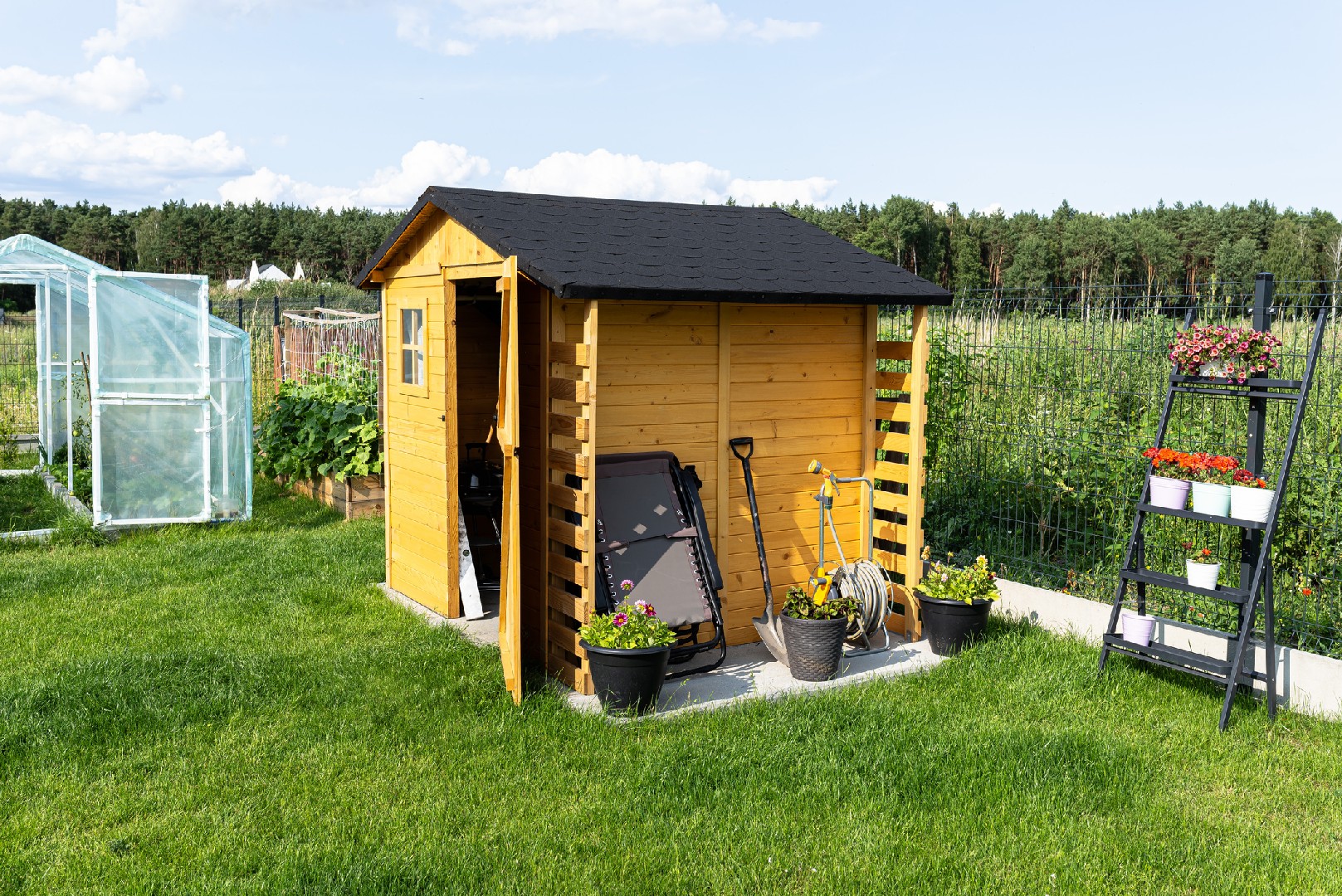![Rectangle]()
Essentials of a Functional Compact Garden Workstation
When it comes to maximizing efficiency in a compact garden workstation, it's essential to understand the core components that make up such a functional setup. These components include storage bays, workspace, and tool holders, all of which play a crucial role in creating an organized and efficient work area.
One of the key aspects of a compact garden workstation is the storage bays. These bays provide ample space for storing various gardening tools, equipment, and supplies. It's important to have designated areas within the workstation for different types of tools, such as shovels, rakes, and pruning shears. This not only makes it easy to find the tools when needed but also helps maintain tidiness and orderliness in the workspace.
In addition to the storage bays, a functional compact garden workstation should have a well-designed workspace. The workspace is where you'll be performing various gardening tasks, such as potting plants, transplanting seedlings, and organizing garden beds. It's essential to have enough space to comfortably carry out these activities without feeling cramped.
Another important component to consider is the tool holders. These holders are designed to keep your gardening tools within easy reach, preventing them from getting lost or misplaced. Tool holders can be attached to the walls of the workstation or integrated into the design of the storage bays. They help maximize efficiency by ensuring that your tools are always readily available when you need them.
Aside from the core components, the size and location of your compact garden workstation also play a significant role in maximizing its functionality and harmonizing it with the rest of your garden. It's important to carefully consider the available space in your urban garden and choose a workstation that fits appropriately. Additionally, placing the workstation in a convenient location, close to your garden beds or planters, can save you time and effort in moving between different areas of your garden.
When designing or selecting a compact garden workstation, it's wise to consider elements of climate and weather resistance. Your workstation should be able to withstand the outdoor elements, such as rain, heat, and cold. Look for materials that are durable and weatherproof, ensuring that your workstation remains in good condition and serves you well for years to come.
In conclusion, a functional compact garden workstation is composed of storage bays, a well-designed workspace, and tool holders. These components work together to create an organized and efficient work area in your urban garden. Remember to consider the size and location of your workstation, as well as elements of climate and weather resistance. By investing in a compact garden workstation that meets these essentials, you can maximize efficiency and enjoy the benefits of a well-maintained garden.





